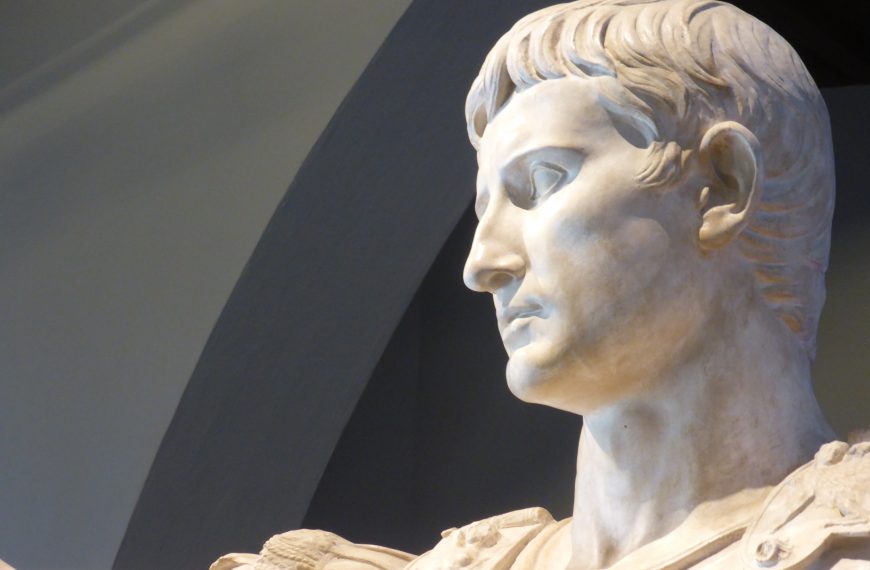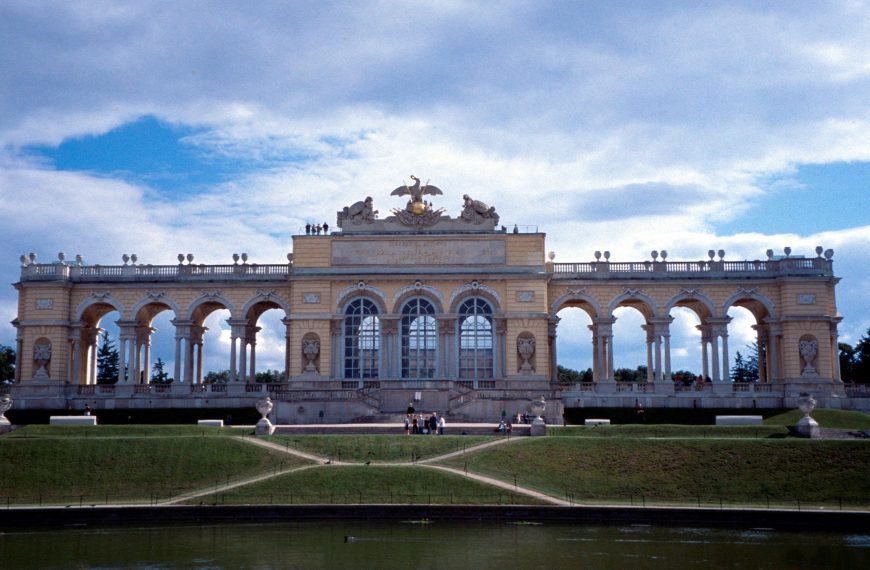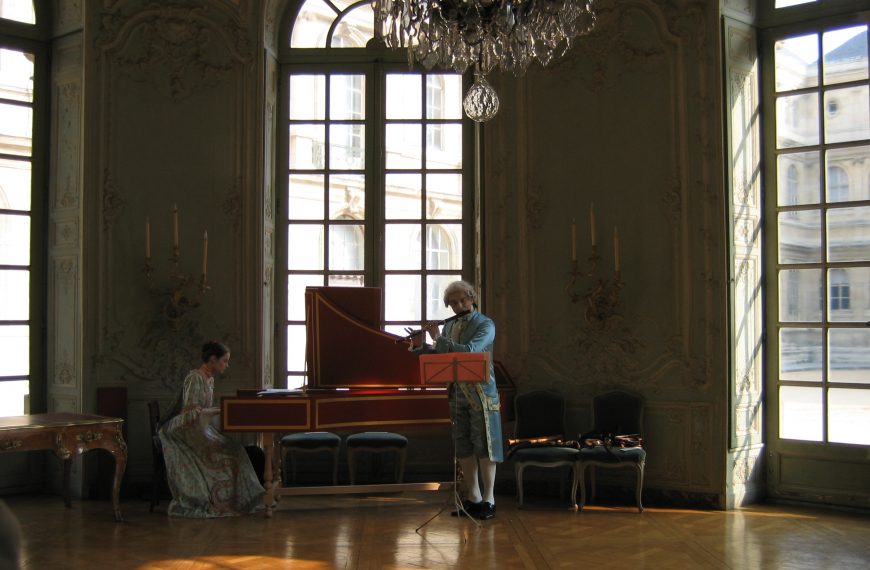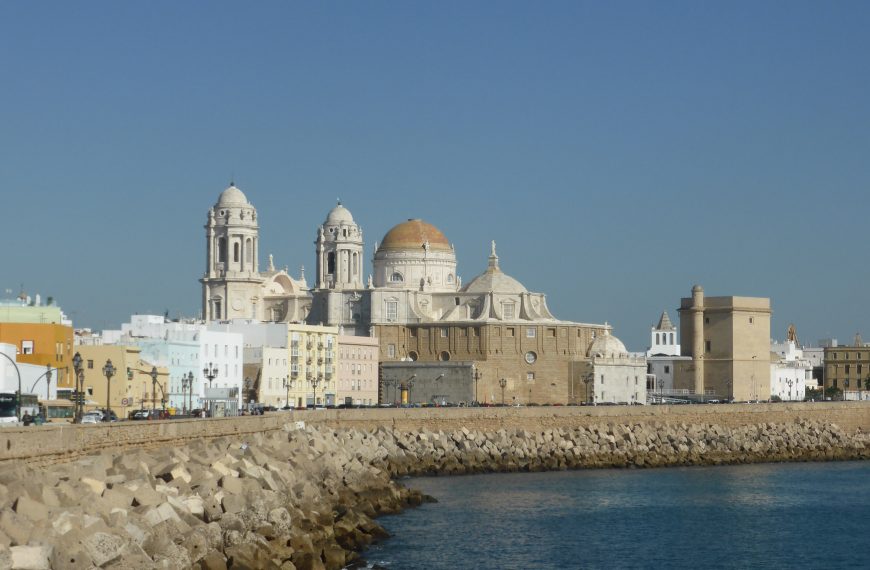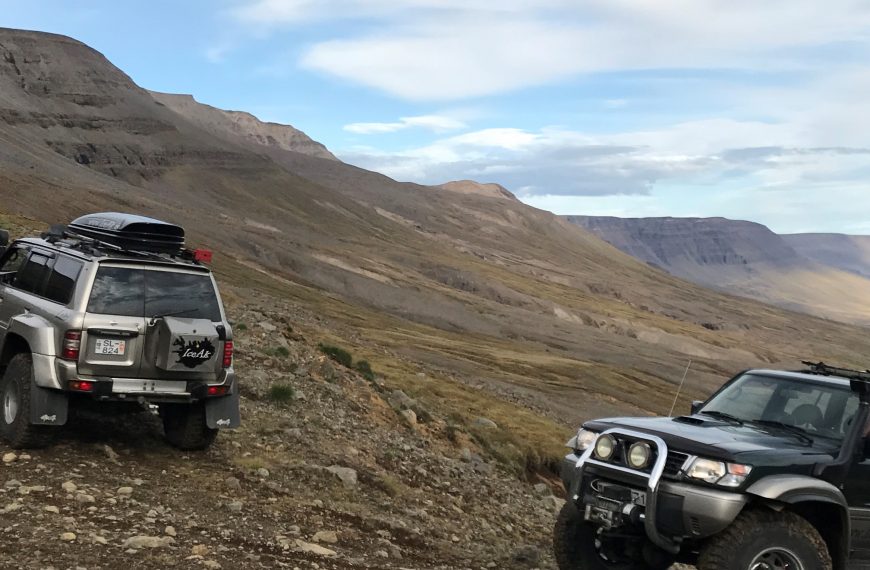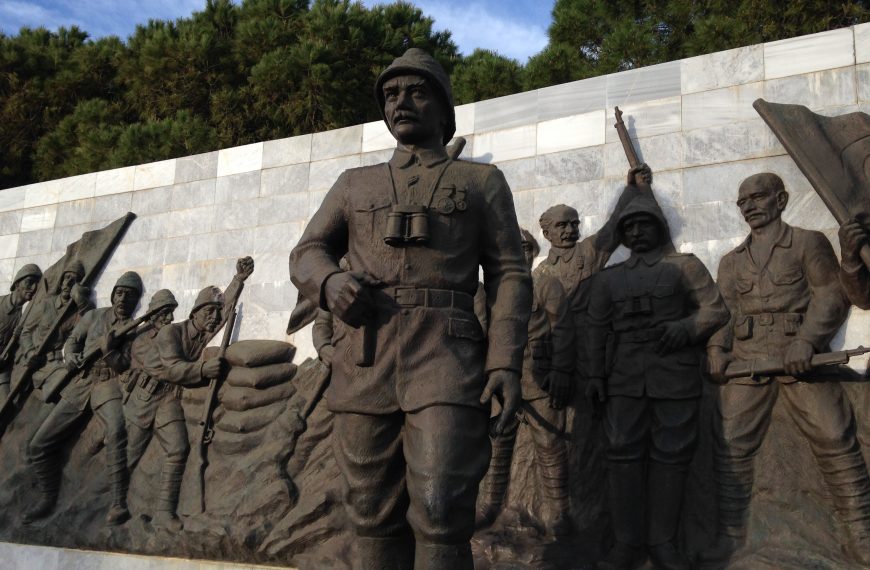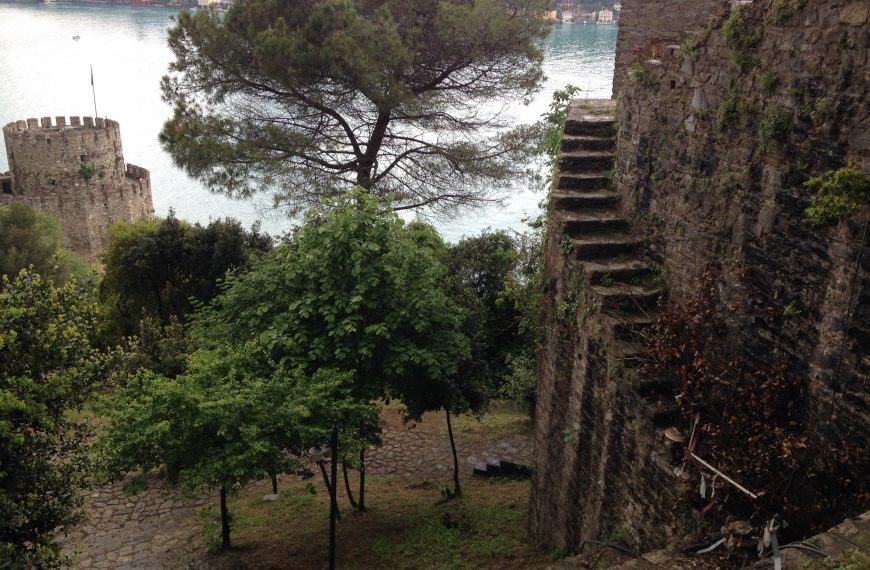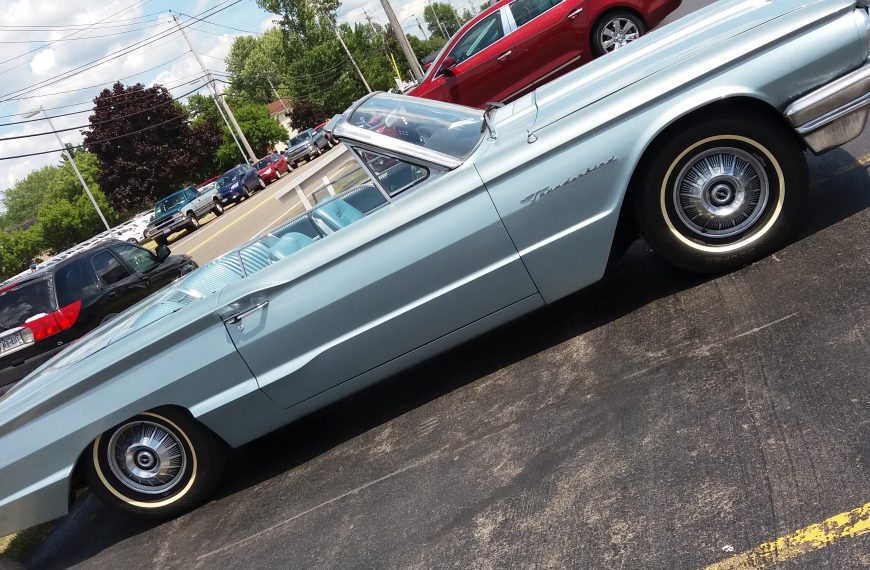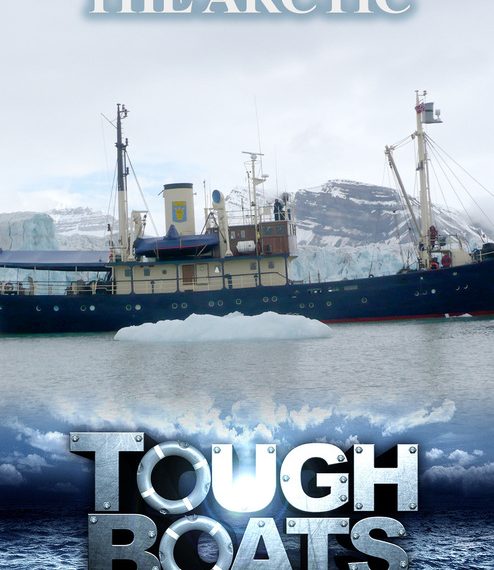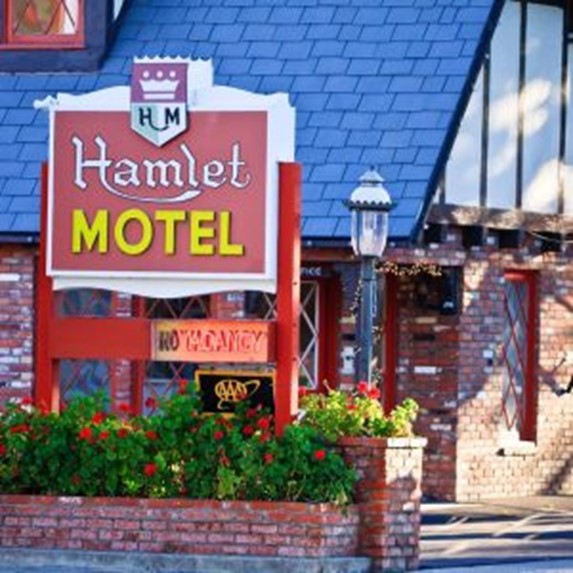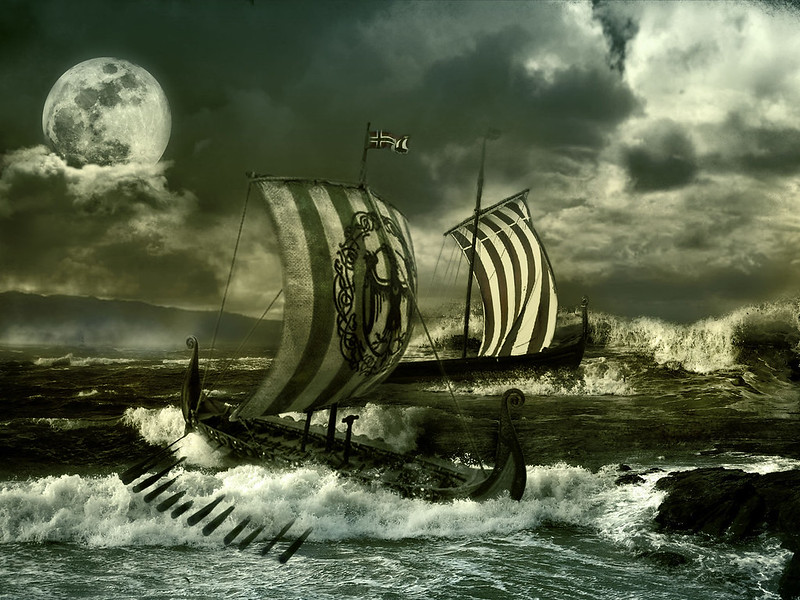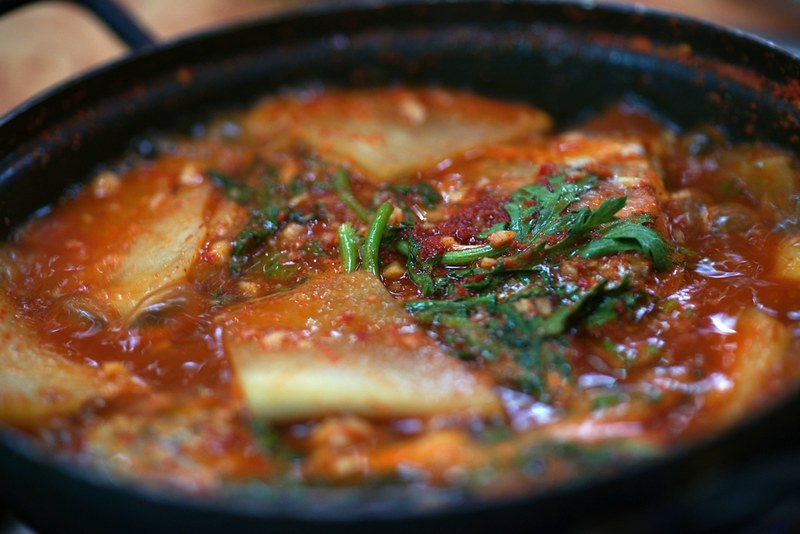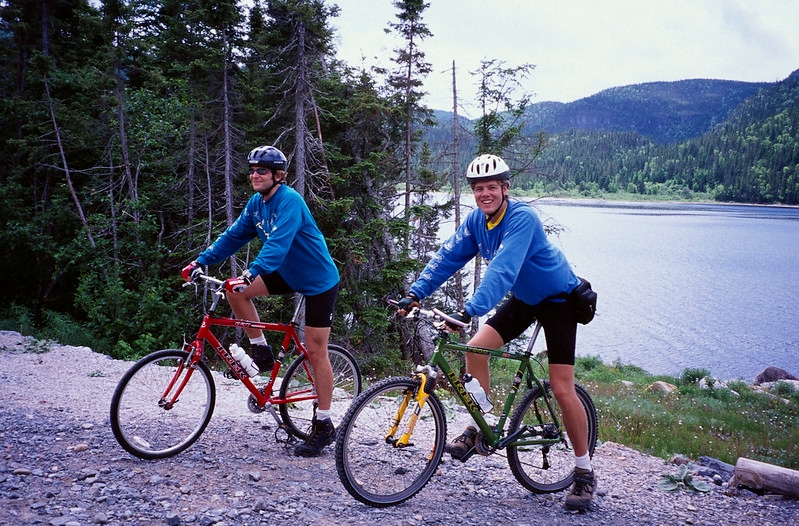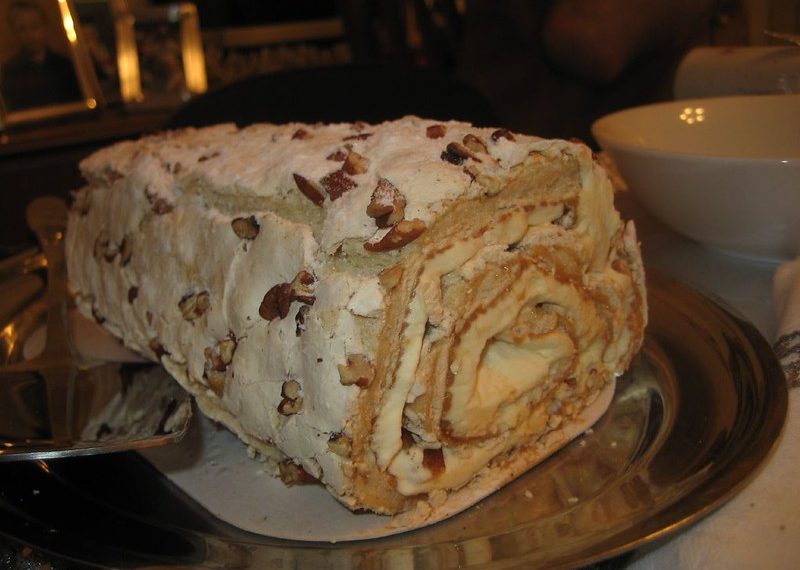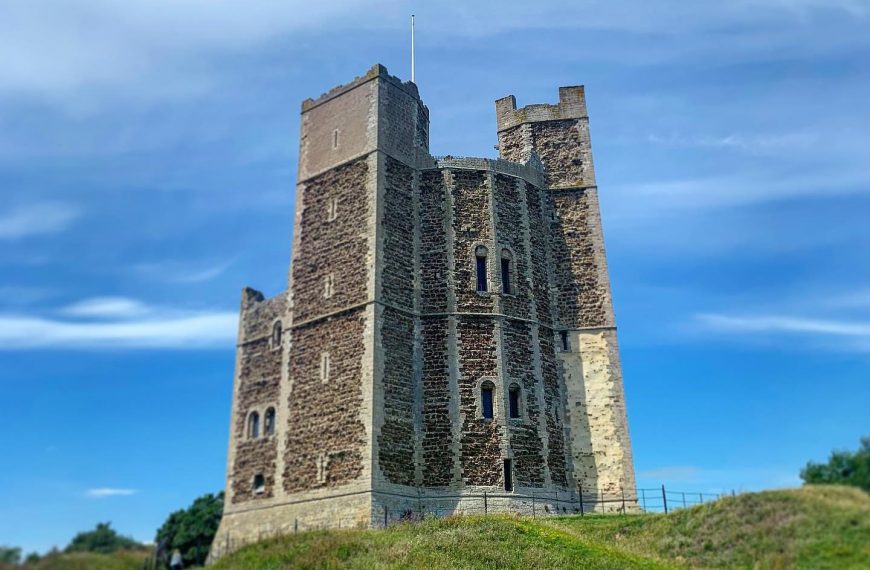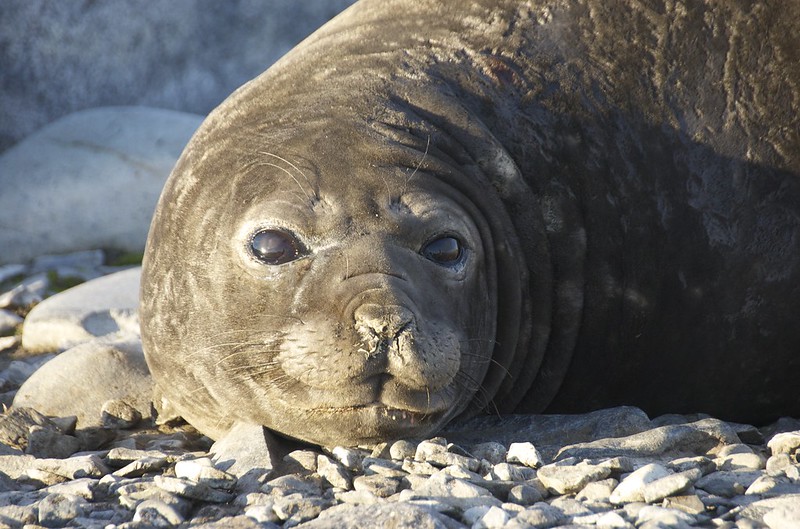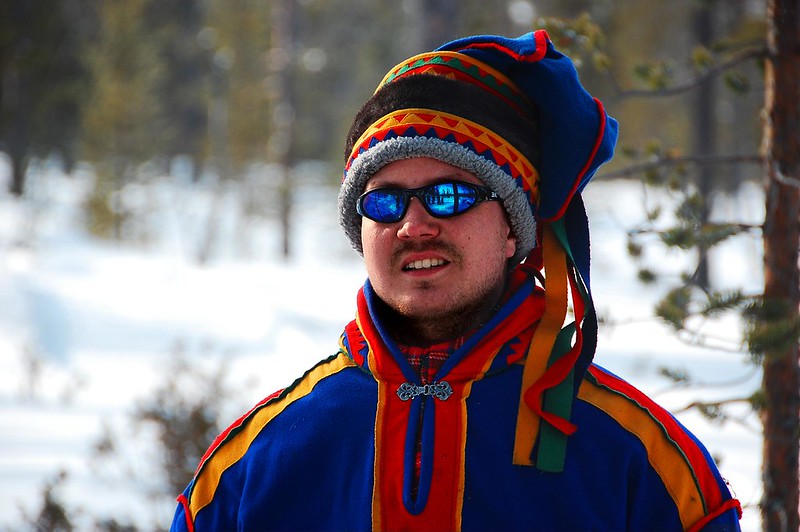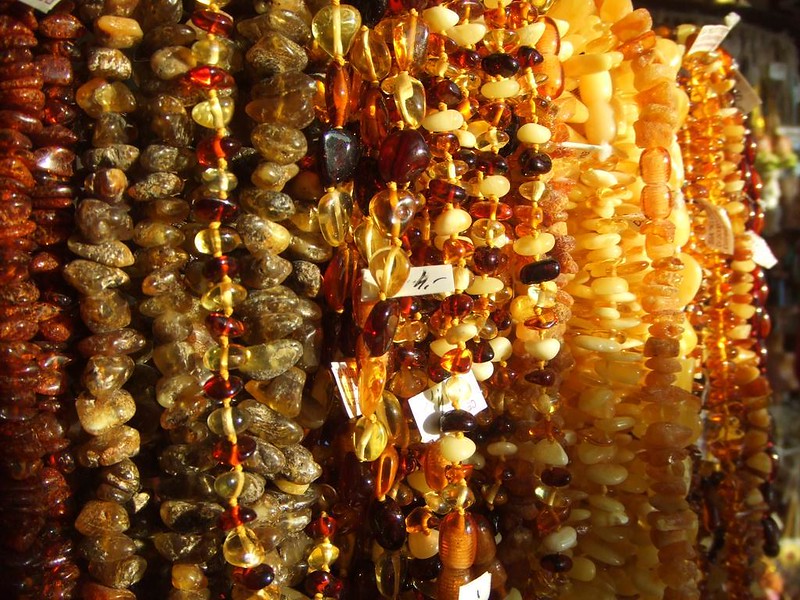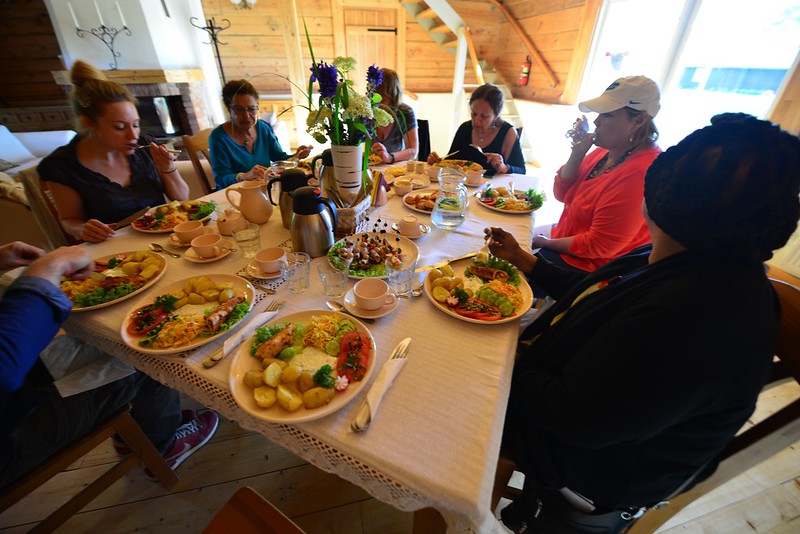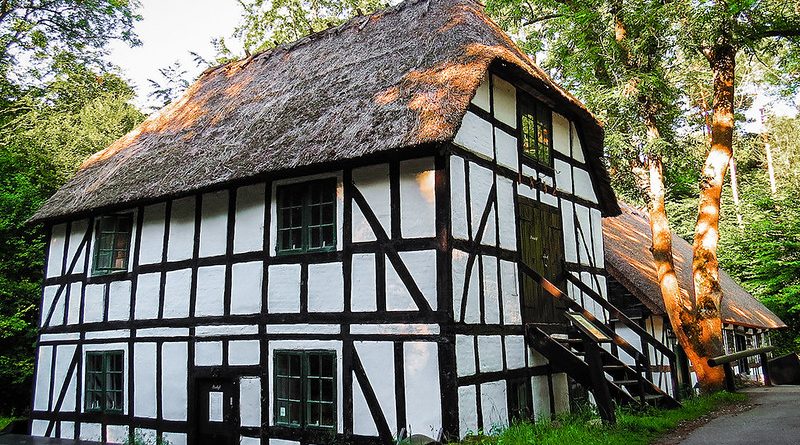
Denmark
Denmark is a Kingdom consisting of peninsulas, most notably Jutland, and an assortment of over 400 islands. Denmark‘s official name is the Kingdom of Denmark which includes the Faroe Islands and Greenland. Denmark is situated on the North Sea, south of Norway, and north of Germany. The country is most known for its delicious pastries, the Danish pastries.
Denmark’s capital and largest city, Copenhagen is one of Europe’s most beautiful and colourful cities. Known for its scenic beauty, distinct pastel-coloured buildings and laid-back atmosphere, Copenhagen is an incredibly open and inviting city. Boasting some of the continent’s finest museums, Copenhagen
Read More
Denmark Currency: Krone (DKK) Exchange rate at time of writing. Languages: The national language is Danish. Other minority languages spoken include German, Faroese, and Greenlandic. Population: 5.6 million Don’t Forget to Pack: Sweden Currency: Krona (SEK) Languages: Swedish is the official language. Other officially recognized languages include: Finnish, Meänkieli, Romani, Sami, and Yiddish. Still there are other languages spoken in Sweden, but most of these are local native languages and dialects. Population: 9.5 million Copenhagen: Outskirts of Copenhagen: Other attractions: The best season to visit Denmark is during late spring and early summer. The days are the longest and the warmer weather is good for most outdoor activities. During the heat of the summer, July-August, is when most tourist visit so to enjoy Denmark with less visitors around book your travel outside of those months. The off-peak season is from October- April. The weather is significantly cooler and rainier. The harshest winter month is February so unless you enjoy dull skies, cold temperatures, and the closing of most attractions then plan on travelling to Denmark in other months. In recent years, Danish cuisine has been revitalized and is now known worldwide. Classic Danish cuisine includes potatoes and meat from porridge to open sandwiches. There are three main meals throughout the day in Denmark. Breakfast, Lunch, and Dinner. Breakfast and Dinner are generally enjoyed in the comfort of the home whereas Lunch is usually packed. Traditional Danish foods to try include: Trains: Probably the best and most efficient way to travel Denmark. Cars: One of the best ways to travel around Denmark is by car. However, it is very expensive to hire/rent a car in Denmark (Travel tip: rent a car across the border in Germany for much cheaper and drive into Demark). The road ways are easy to navigate and traffic is generally easy going. There is also a network of ferries to travel from island to island by car. Bikes: The best way to get around a city is by bike. Bikes are also easy to move from city to city on ferries and trains for a fee. Copenhagen, the capital, is a city built for bikes and has made accommodations for cars. Boats: Because Denmark consists of a peninsula and hundred of islands, there is a very extensive boat network. Buses: It is not the most efficient way to travel Denmark, but the bus system is occasionally cheaper than trains. Casual dress, jeans, is acceptable dress etiquette in Denmark. Overall, the country is very laid back. Visas are required to enter Denmark for specific countries. However, members of the EU do not need a visa to travel to Denmark under the EU regulations on free movement. By Casey ThompsonPRACTICAL INFO
MUST SEE & DO
WHEN TO GO
FOOD & DRINK
TRAVEL
DRESS
VISAS



